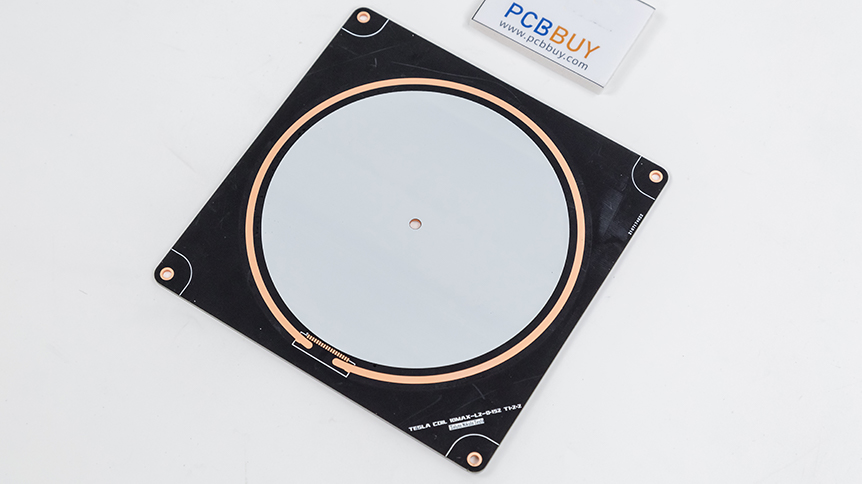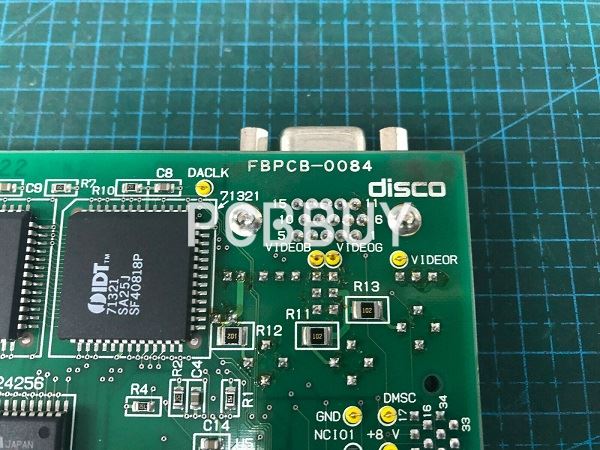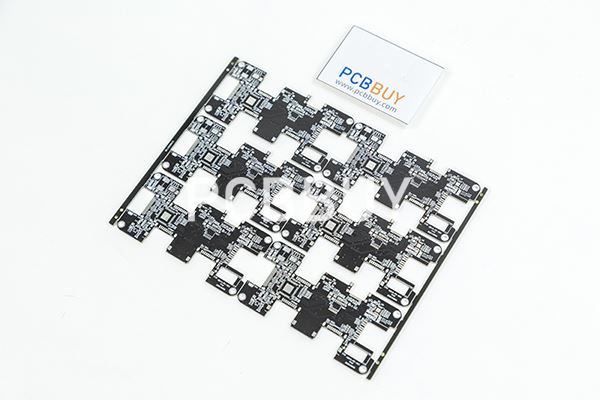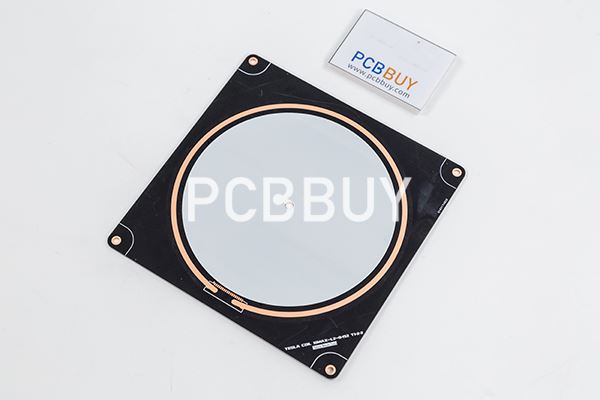What is SMT Fiducial Mark during the PCB Assembly Process?
By:PCBBUY 08/26/2022 14:29

In contrast, drill holes and silk screen patterns cannot be used as fiducial marks, as they are added in separate operations which mean the registration is likely to vary from board to board. If you are interested in PCB fiducial mark, please check and read the content below.

When we need PCB fiducial mark?
All the time, high volume assembly needs fiducial pcb marks to make sure there’s accurate parts placement and registration. Low volume assembly, which you will see at a prototype or low-volume specialist, doesn’t always need them.
However, because there are shops of low volume that rely solely on them, you should ask before you assume. Although PCB fiducial marks may not be necessary for the assembly of any product, they are always a great idea and they still play a role. When you can be sure of not needing PCB fiducial marks is when hand placing these parts.
However, due to the fact that the copies of the board are manufactured in an assembly line, then there’s a need that the machines understand the difference between the board’s sides and top/bottom. You wouldn’t want the placing of your electronics to be done in a way that there’s no special pattern it follows.

What is the function of PCB fiducial mark?
In PCB design, a fiducial marker is a rounded shape of copper that acts as a reference point for pick and place assembly machines. Fiducial PCB markers help machines recognize the orientation of the PCB and its surface mount components with packages that have tiny pitches like Quad Flat Package (QFP), Ball Grid Arrays (BGAs) or Quad Flat No-Lead (QFN).
There are two types of fiducial markers commonly found in printed circuit board designs: global fiducial markers and local fiducial markers. Global fiducial markers are a copper reference placed on the edge of the PCB that allows the machine to determine the orientation of the board with respect to the X-Y axis. A fiducial marker placement machine is also used to compensate for any skew when the PCB is clamped.
Local fiducial markers are copper markers that are placed outside of the corner of a quad packaged surface mount component. It is used by assembly machines to precisely locate the footprint of a component and reduces errors in fiducial placement. This is especially important when you have fine pitched and large quad packaged components in your design.

What are the types of PCB fiducial mark?
PCB Fiducial marks come in two main types. This has to do with their location and placement on the printed circuit board.
Local Fiducial Marks
The local fiducial pcb marks are necessary for locating each component’s position. This happens when the component needs more precision.
Global Fiducial Marks
The global fiducial pcb marks are manufactured to help in differentiating the panel datum from the circuit pattern of the PCB. The location could be done with respect to the grid system having three points. The lower left fiducial can be seen at the point of origin (0,0), while the remaining two take the positive axis X and Y. If there’s a need to process multiple boards at once, then it is referred to as panel fiducial.
What are the main guidelines of PCB fiducial mark?
Before going ahead to add fiducial pcb marks, you should consider these points.
· You should only add the marks to the PCB’s bottom or top copper layers
· Don’t cover them with solder masks. This is because the automated system has to identify them. So, covering it with a solder mask will not make it possible to track.
· To ensure better performance, there must be much contrast between the fiducial mark’s surface and the base material of the adjacent PCB board.
· Fiducial marks are usually round in shape. However, diamond and square shapes are acceptable too.
· To ensure better precision, place the fiducial marks distant from themselves on the printed circuit board.
· The fiducial mark’s diameter should fall between 0.040 in (1 mm) to 120 in(3 mm). This PCB’s marks shouldn’t change in size by 0.001 in (25 microns).
Industry Category











